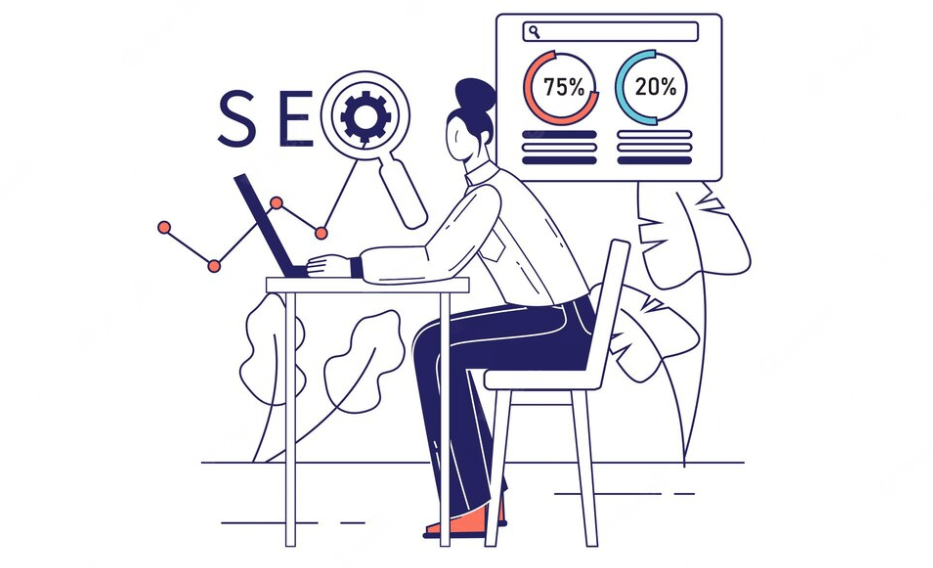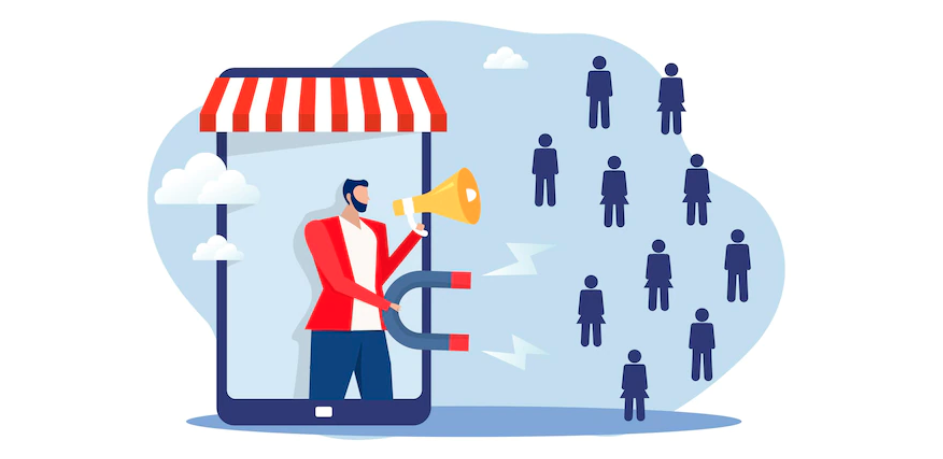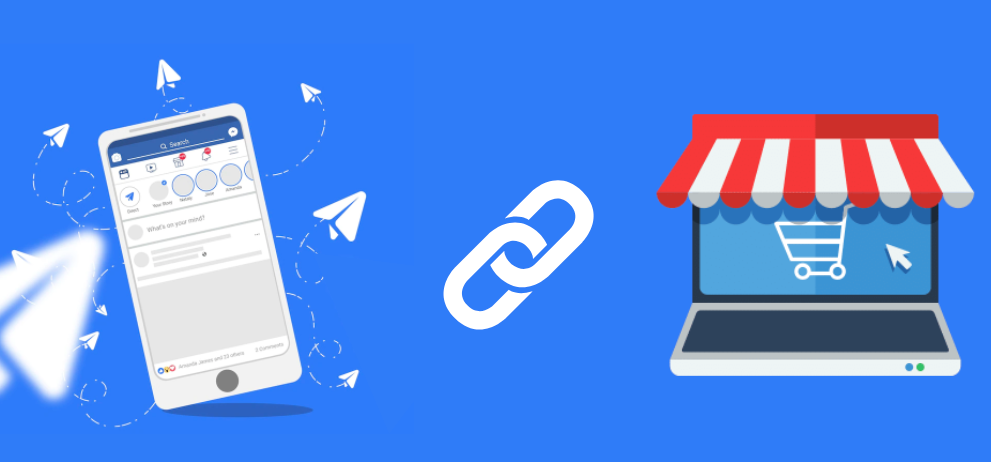Tracking Pixel Explained – A Guide for Shopify Merchants
Decades ago, when technology was just a thing of the future, businesses used traditional marketing to acquire new customers and grow. They used to advertise via newspapers and magazines and attract an audience based on psychology and creativity.
But, the scenario has changed ever since technology came into the picture. The tables have turned, essentially by 180 degrees.
Currently, modern-day software and devices are helping experts combine data and analytics to get insight into their marketing efforts. Tracking user behavior, geographic and demographic data, and more are some top-notch advantages of utilizing technology.
This aspect of technology has opened new doors for businesses. One can notice a revolutionizing change in the way marketing is being conducted nowadays with it. The terminology that defines it well is known as tracking pixels.
In this blog, we will learn more about the importance of tracking pixels for your Shopify website. Let’s get started!
What is a tracking pixel?
A tracking pixel is an integral part of online marketing. It is well-known by distinct names such as conversion pixel, retargeting pixel, or marketing pixel.
In simple words, it is a Javascript or HTML code snippet that tracks user behavior. It provides insights into the individual’s activity, like how they browse, what type of ads they click on, and much more. The marketer gets an understanding with all this crucial data of what interests users the most on the whole.

Moving on, let’s get acquainted with its distinct types before getting into further details.
Types of tracking pixels
- iFrame pixels: These pixels are used to embed one web page into another. In advertising, these types of pixels are used to embed ads on a webpage. Apart from being common and accurate tracking methods, these even track user engagement on the ads.
- Image pixel: These are widely used conversion pixels since they were the first tracking methods for advertisers. These are readily available and compatible with most of the tracking systems.
- Postback pixels: This category of pixels is slightly different from the above two. It includes a complex implementation process and doesn’t operate on the client-side as the other two types of pixels. Several third-party tracking systems offer support for this category of the tracking pixel.
Now that you are familiar with tracking pixels and its types, let’s dive into some more crucial aspects of them.
A tracking pixel has superior capabilities. With all this data on the plate, marketers utilize it to their best in marketing campaigns. They show advertisements to the users that will lure them to make a purchase. Moreover, they use it to track conversions, build an audience and test the overall performance of the marketing campaign.
This is just the tip of the iceberg. Let’s talk about why they truly matter next.
Why do tracking pixels matter?
There are ample reasons why website pixel tracking should top your list of priorities while planning a marketing campaign. Listed below are a few eye-opening encounters for you.
1. They provide insightful data on user behavior

Tracking pixel offers abundant information on user behavior, such as
- The operating system used (For example: which mobile device is used for browsing)
- User’s screen resolution
- The time when the website or email was visited and read
- IP addresses that determine the location of your computer both physically and digitally
- User activity on the website during the session
- The type of website or email used (on mobile or desktop)
These are just some points from the long list of the data received from tracking pixels. The vastness of its data collection will not only leave you awestruck but as a brand can help you build better digital and content ad experiences for the users.
2. They turn your SEO game ON
Tracking pixels can bring a huge difference in your SEO results. The data you receive from the same is put to better use in future marketing and business decisions. Ranging from what interests your target audience the most to how you can grab their attention, all of the information helps you hit the bull’s eye in one go.

You may notice increased conversions and sales owing to the website pixel tracking implemented in your SEO efforts.
3. They enhance the Customer Journey
Attracting an audience to your online store is a tough task. Moreover, making them stay longer and convincing them to make a purchase is an even bigger challenge. And, you NEED to go the extra mile for that.
It is done by establishing a positive customer experience which is a significant differentiator. Once you occupy the user’s mind space, the possibility of them converting into loyal customers increases.
To accomplish this, start by building an emotional connection with the audience. By mapping customer journeys, you can create new customer bases that can be targeted differently. Moreover, bridge the gap between offline and online customer interactions to enhance the user experience with your brand.
If you are facing difficulties in targeting the right audience, Aureate Labs is here to help you! Our Shopify experts can help you attract your target audience to your online store.
4. Tracking pixels Personalize Web Experiences
The functioning of tracking pixels is not reserved for data collection. They also offer significant information that web designers can use to improve the page experience of the shoppers on a website.
They provide a crucial insight into their store visitors coming from the different web traffic resources. It helps in the Shopify store optimization and improving marketing campaigns, and emails to match the expectations of the users and boost conversions from increased traffic.
5. They enable better Ad Targeting

Targeted advertising in marketing is an added benefit from the rock-solid data provided by pixel-based tracking. By acknowledging the particular group of audience, scattering loss can be kept to a minimum. The advertisements can be placed accordingly on the search engines as well as the websites that tempt them to click instantly.
Visitors can be better targeted by ads when products, services, and content that they have been searching for on the browser are recommended to them. It not only bestows personalized web experiences but also increases the chances of conversions.
Should you install tracking pixels?
Tracking pixels have their own set of boons and banes. Looking on the brighter side, they serve an essential purpose in monitoring unique page views, assessing server logs, content views received, and much more. These can be further evaluated and implemented into advertising and marketing campaigns.
However, these have also received criticism from data protection advocates over the collection of comprehensive data about the user without their knowledge. The risk of spammers in collecting authentic email addresses comes along with it.
Therefore, it solely depends on your brand and your approach towards tracking pixels such that it limits the effects of the banes. Since data is worth oil in the industry in the present era, it can help you achieve greater heights in your business.
How to add a tracking pixel in Shopify?

The Shopify platform allows you to add Facebook pixels to your eCommerce store. Follow the steps to add Facebook pixel to your Shopify store:
Step 1: Getting Started
First, login with your Facebook account. Once logged in, click on the menu icon and select ‘Events Manager’ from the drop-down menu.
Step 2: Select Your Pixel
Click on the ‘Connect Data Sources’ button from the main dashboard, and then select ‘Web’ from the drop-down menu. Next, click on ‘Facebook Pixel’ under Track Events On Your Website.
Step 3: Add Your Pixel Name
Give a name to your new pixel and click on ‘Create Pixel’. You can also choose to skip this step if you already have a Facebook pixel set up for your website.
Step 4: Connect The Facebook Pixel Code
Copy the pixel code and login to your Shopify store. Open the Facebook sales channel and go to Settings > Data sharing settings. In the ‘Customer data-sharing’ section, select your Facebook pixel from the list. Now click Connect to connect your Facebook pixel.
This is how you can add Facebook pixels to your store.
FAQs
Are some of your questions left unanswered? Check out the answers to some of the frequently asked questions related to tracking pixels. I am sure you will find yours in one of them.
1. Is the use of tracking pixels mandatory?
Tracking pixels is not mandatory but the need of the hour for present-day marketers. Advertisers can leverage the data acquired by the same to improve their marketing efforts and optimize revenue.
2. Are tracking pixels the same as cookies?
Cookies and tracking pixels differ in the way they store and deliver the data. Cookies are saved in the browser of an individual such as Firefox or Google Chrome. On the contrary, tracking pixels acquire and send information directly to the servers and do not rely on the individual browser.
3. What is a Facebook pixel?
Ans: Facebook pixel tracking is defined as a piece of Javascript code that allows you to measure the effectiveness of your advertisement based on the user’s action on it.
What is the future of tracking pixels?
The digital landscape has completely transformed because of this tiny invisible piece of technology. It has helped modern-day marketers to accomplish their goals with a win-win situation in hand.
Tracking pixels is the lifeblood of digital ads success enabling brands across the world to perform better. This smart technology is going to be a part of the next evolution of digital ads. It will help in driving conversions by offering personalized advertising experiences.
If you haven’t adopted this prime technology yet, it’s advisable to get it right away. The professionals at Aureate Labs will help you start with the Shopify Pixel Implementation & Tracking. Contact us now to discuss your business requirements and let the best-in-class professionals work for you.






Post a Comment
Got a question? Have a feedback? Please feel free to leave your ideas, opinions, and questions in the comments section of our post! ❤️